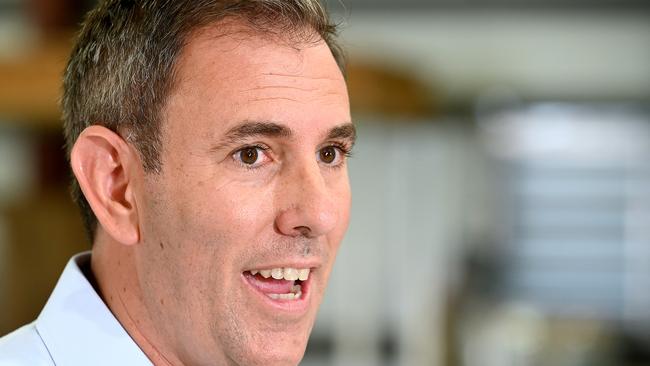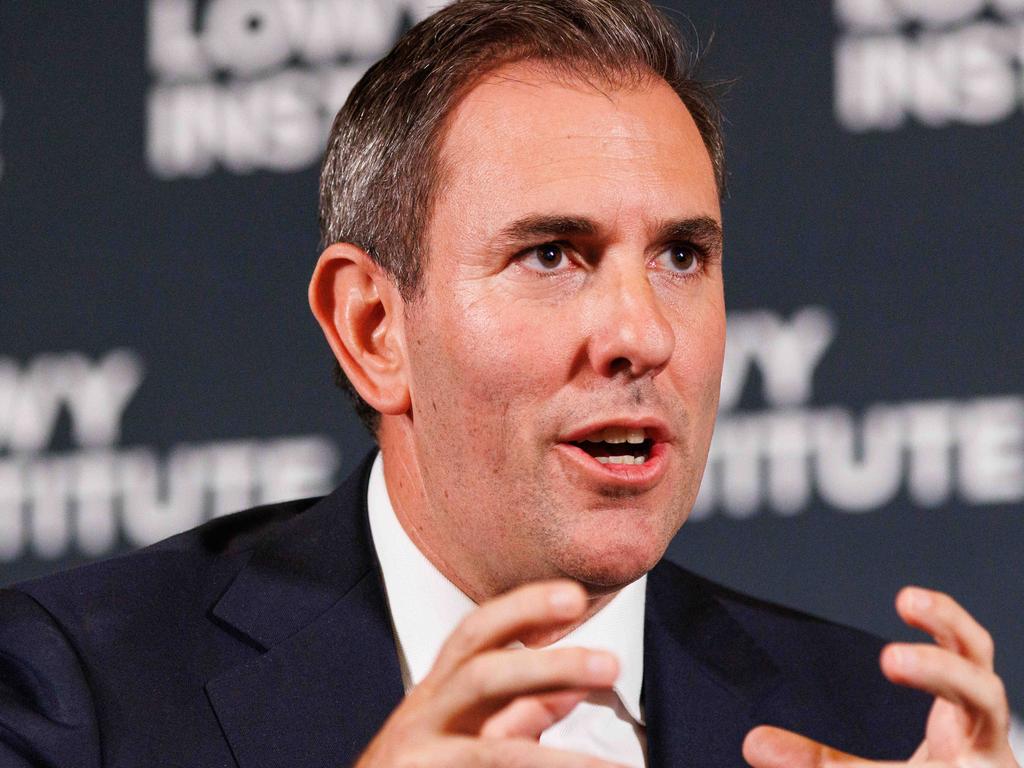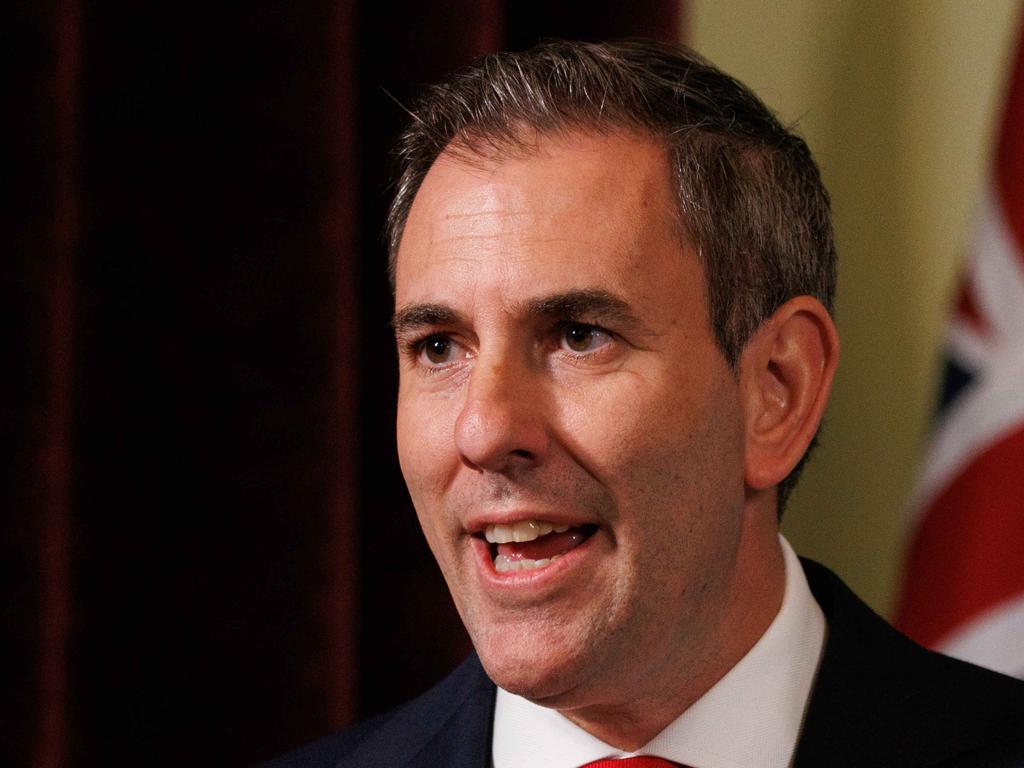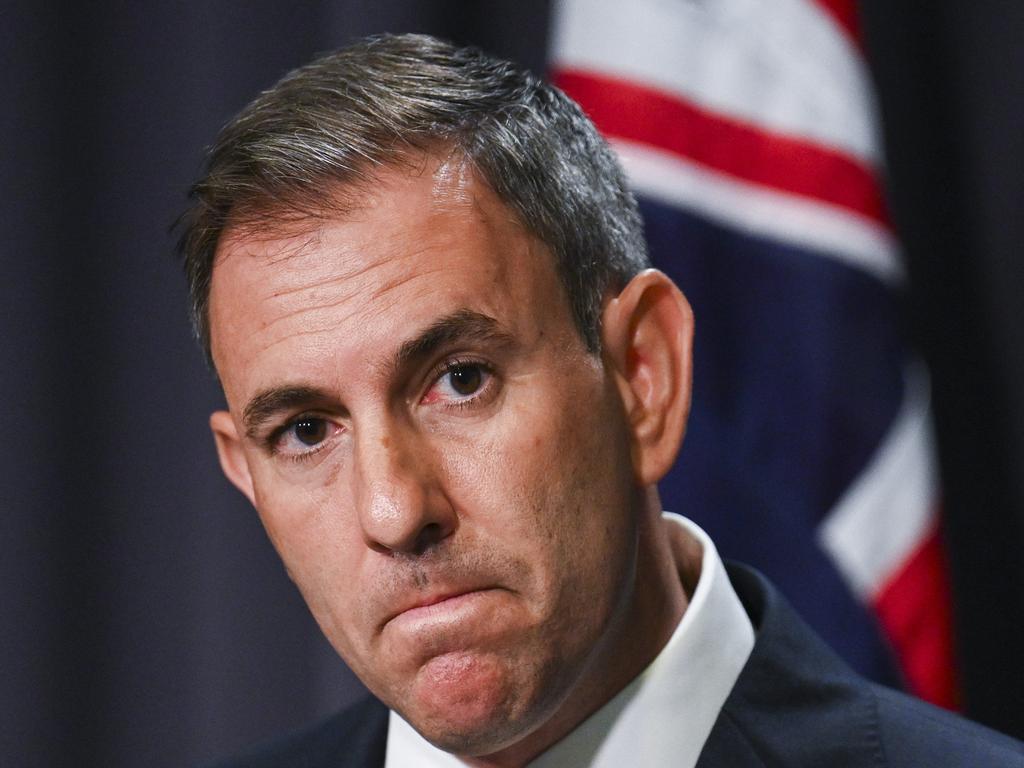
Amid a cost-of-living crunch for families, the Albanese government continues to splurge at twice the rate of households.
According to the mid-year budget update, over this financial year and next, Labor’s spending will grow, after inflation, by a cumulative 4.9 per cent, compared with around 2.5 per cent for private consumption.
Workers’ incomes have been squeezed by elevated mortgage interest costs, higher taxes and an inflation rate of 6.5 per cent, based on the ABS measure of living costs for “employee households”.
Canberra, by contrast, has been rolling in revenue post-pandemic because of those temporary high prices for iron ore, coal and gas and that stellar employment growth, pumped up by record migration.
So instead of seeing this bonanza in company and personal income tax as the gift from the fiscal gods that it is, Labor has been increasing its spending – not only adding juice short-term to an economy struggling with inflation but baking in forever commitments in health, aged care, disability services, defence and a larger public service.
As well, there is a range of off-budget grants, soft loans and co-investments that will fund Labor’s green new deal of local manufacturing and renewable energy projects.
Mainstream economists and global agencies have been politely but emphatically telling Jim Chalmers that these public boondoggles and his relatively slack budgeting are not helping the Reserve Bank as it tries to bring inflation back to target with the very blunt interest-rate tool it deploys.
In fact, the loosening of the purse strings by the Treasurer and his provincial counterparts and high immigration have been behind much of the homegrown inflation that governor Michele Bullock is trying to tame.
It’s true Labor is kicking back some of the extra revenue that’s come from bracket creep (when wage inflation smashes into non-indexed tax thresholds, and a worker’s average tax rate rises), with more than $20bn flowing next financial year in the revamped stage three tax cuts.
Again, it’s nice, but it won’t help the RBA’s mission.
Naturally, Chalmers is trying to control the narrative ahead of his annual fiscal extravaganza on Tuesday week, skiting about his prudence in banking almost all of the revenue upgrades this financial year.
What about the remaining three years of the forwards?
And the larger deficits that will follow?
Take away the cyclical and one-off effects from spending and taxing and the federal budget is in structural deficit, for years and years.
Fixing this dire problem will require proper fiscal rules, discipline and serious adults to level with Australians about the difficult decisions that must be taken for governments live within their means.
The Treasurer and Finance Minister Katy Gallagher insist their approach is as tight as a drum and that they’re working overtime to get value for taxpayers by cutting out wasteful spending.
Really? So how can Labor possibly justify an advertising campaign for the coming tax cuts that will likely cost $25m when you consider the $18m in contracted media placement and another third or so more in add-on creative charges.
Is there a single taxpayer among the 13.6 million receiving a tax cut from July 1 who thinks it’s a good idea to spend more of their hard-earned on a political vanity fest ahead of the next election?
And with a straight face, Labor calls this “leaning in” and “quality spending”.







Canberra, we have a big problem: spending. Your spending, not ours, although it is our money at stake, with not much change out of $700bn this financial year.